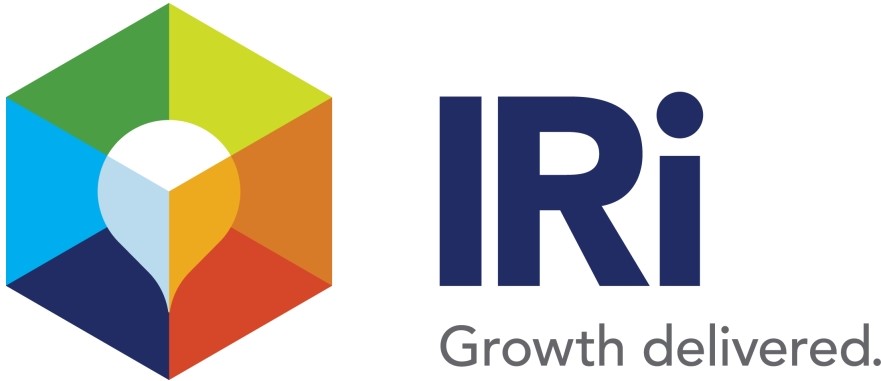IRI consumer survey finds 2017 off to slow start, but finds positive projections

In the wake of a mixed economy, the unknown of a new kind of presidency and a complex retail marketplace, U.S. consumers began 2017 with a lot of change and uncertainty. According to the latest IRI Consumer Connect survey released, these factors contributed to 2017 getting off to a shaky start with consumers, but projections for the remainder of the year are positive. IRI also released “Early View 2017” for a closer look at food and beverage trends.
“January and February are generally softer months for the consumer packaged goods industry, but showed sharper-than-normal declines this year,” said Susan Viamari, vice president of Thought Leadership for IRI. “Forty-five percent of consumers say their household finances are strained, with lower-income and younger shoppers being hit the hardest. Consumers across the board have been avidly seeking deals and, while deal-seeking will remain pervasive, the good news is that economic expectations for the remainder of the year are positive. With products that offer in-demand bells and whistles and marketing stories that really connect with their target markets, CPG marketers will entice shoppers to spend and win a fair share of that spending.”
Struggling consumers impacting CPG sales
Results from the Q1 2017 IRI Consumer Connect survey reveal that consumers are struggling, especially millennials, who have student loans and have experienced economic instability for most of their professional careers.
For instance, 33 percent of millennial households are having difficulty affording needed groceries, compared to 26 percent of generation X, 33 percent of baby boomers and 21 percent of seniors. Because millennials have entered adulthood in a tough environment, though, this group really does not feel more putout than older generations: 55 percent of millennial households are making sacrifices to make ends meet, compared to 53 percent of generation X, 54 percent of baby boomers and 39 percent of seniors.
In addition to uncertainty, consumers have faced delayed tax refunds, wild weather patterns and significant food price shifts. The combination made a negative impact on CPG sales for Q1 2017. Retail unit sales dropped by 2.6 percent in January and dollar sales dipped by 1.5 percent in January, compared to the same period the prior year.
To combat this uncertainty and stretch dollars, consumers are in money-saving mode, including:
Behavior Millennials Total Population
Buying private label brands: 89 percent 81 percent
Trying lower-priced brands: 86 percent 74 percent
Clipping coupons (circulars/newspapers): 61 percent 66 percent
Visiting multiple stores to keep bills down: 60 percent 58 percent
Downloading coupons from digital deal sites: 48 percent 36 percent
Sunnier outlook ahead
The U.S. economic outlook is healthy for 2017. Key indicators point to GDP growing by 4.3 percent, retail sales increasing by 5.5 percent and unemployment falling. Seventy percent of consumers feel their household financial position will improve in the next six months. In addition, 84 percent of consumers say they will make additional or unplanned purchases if in-store deals are appealing. This sentiment is consistent across generations, yet slightly lower among baby boomers (82 percent), compared to seniors (87 percent).
CPG consumers are showing a willingness to pay a premium, particularly for items that really hit the mark:\
Product Attributes 2016 2017
OTC medications that treat multiple symptoms: 50 percent 48 percent
Foods/beverages that provide additional nutritional benefits,
such as added vitamins and antioxidants: 41 percent 39 percent
Household cleaners with environmentally friendly ingredients: 33 percent 32 percent
Environmentally friendly packaging: 22 percent 22 percent
Anti-aging beauty care products: 19 percent 21 percent
Millennials clearly demonstrate a willingness to pay for bells and whistles that hit their sweet spots, including nutrition density and earth-friendly ingredients and packaging.
Product Attributes Millennials Total Population
OTC medications that treat multiple symptoms: 54 percent 48 percent
Foods/beverages that provide additional nutritional
benefits, such as added vitamins and antioxidants: 48 percent 39 percent
Household cleaners with environmentally
friendly ingredients: 38 percent 32 percent
Environmentally friendly packaging: 28 percent 22 percent
Anti-aging beauty care products: 19 percent 21 percent
“This year got off to a rocky start for the CPG industry, but things are starting to look brighter,” concluded Viamari. “Our same message for marketers is ringing true yet again. Know your customers inside and out and tailor your offerings to meet their needs. By personalizing your products and messaging, you will hit the right note with consumers, encouraging them to open their wallets in support of your brands.”
Looking for a reprint of this article?
From high-res PDFs to custom plaques, order your copy today!




